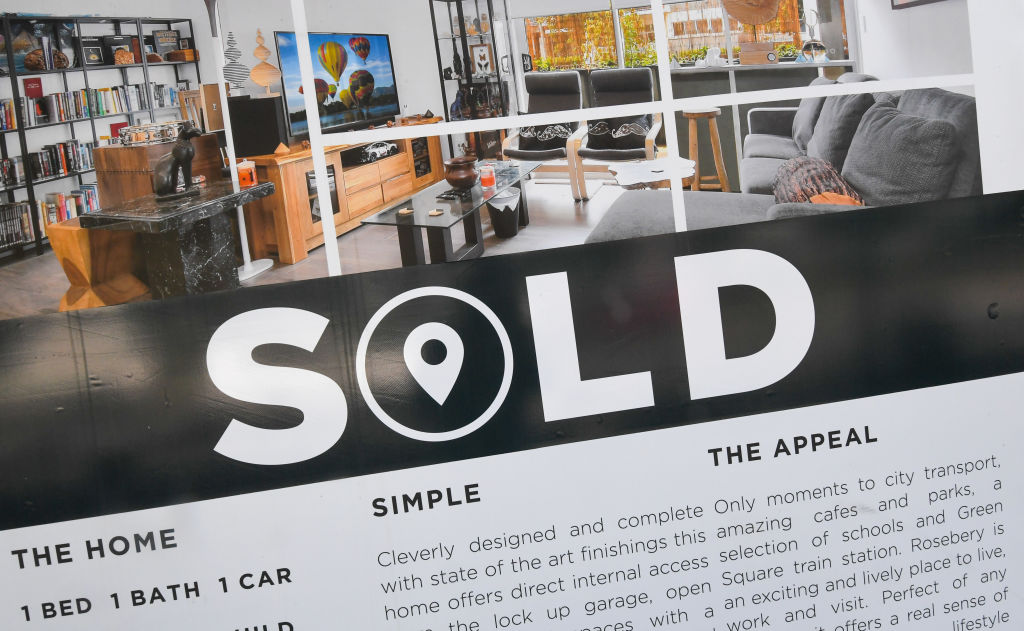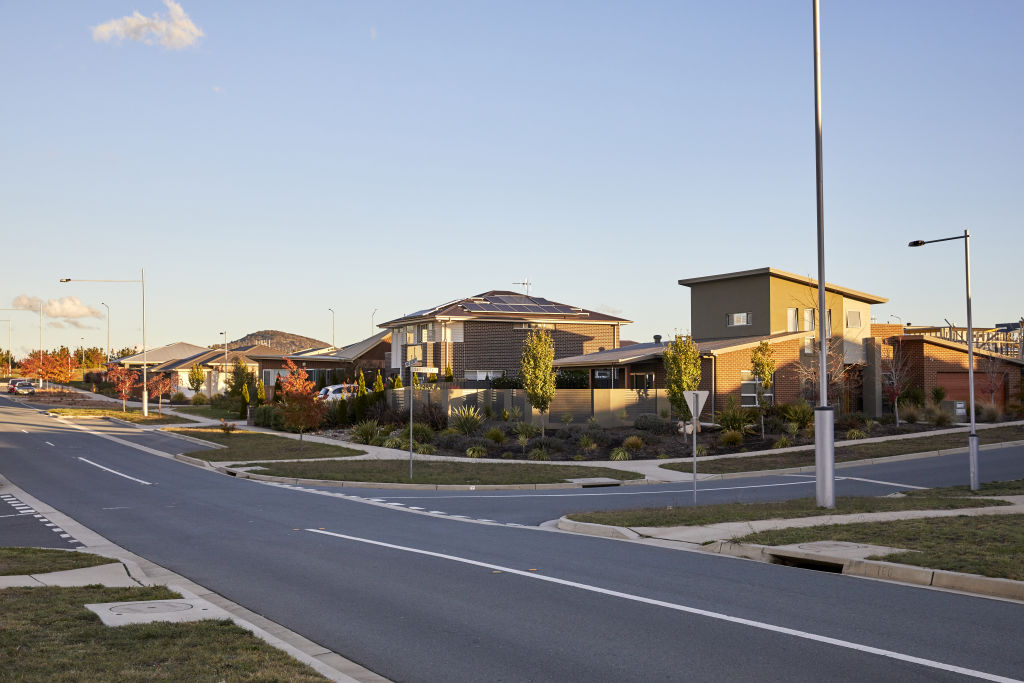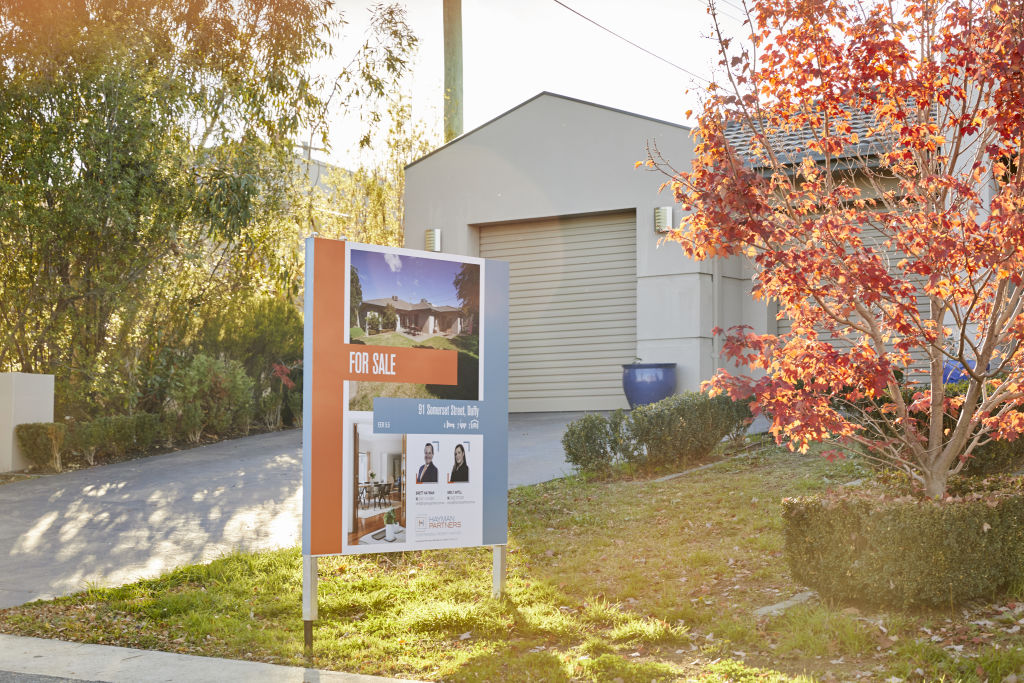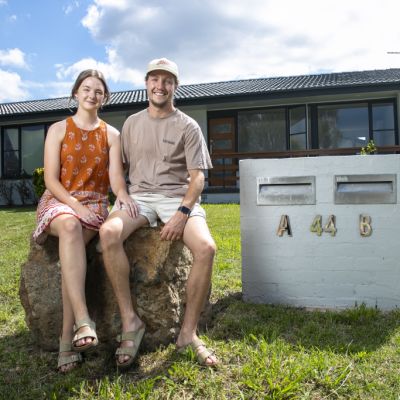Federal budget 2022: Home buyers to receive more help, but is it enough for Canberrans?

Purchasing a property is no small feat and Tuesday night’s federal budget revealed more hopeful home hunters in Canberra will be able to enter the property market sooner under the government’s expanded home guarantee programs.
The Home Guarantee Scheme will make available up to 50,000 places per year for three years, costing the government $8.6 million over the next four years. The scheme is expected to “unlock up to $30 billion in home sales”, according to the Real Estate Institute of Australia.
Under the program, 35,000 places per year will be available under the First Home Guarantee program, previously known as the First Home Loan Deposit Scheme, 10,000 places will be available for both first-home buyers and previous home owners under a new Regional Home Guarantee, and there will be 5000 places under the Family Home Guarantee.
The schemes will significantly cut down the time needed to save a deposit.
A person is eligible for the scheme if they earn no more than $125,000 per year for a single applicant and $200,000 for couples. The scheme is also only available for applicants who will use the property as their primary residence, not as an investment.

But concerns have been raised regarding the lack of adjustment to price caps under the Family Home Guarantee and the First Home Guarantee program noted in the budget, despite skyrocketing property prices in the capital.
In Canberra, that price cap is $500,000 for any type of property, new or existing. According to the latest Domain House Price Report, the median dwelling price in Canberra is $954,971 – that’s a $454,971 gap.
In addition to this, the Domain First-Home Buyer Report showed that first-home buyers would need seven years and one month to save a 20 per cent deposit for an entry-level home of $827,000.
“You’d be lucky to find a standalone house under or at $500,000 in Canberra,” said real estate agent Steve Lowe of Agent Team Canberra.
“There’d definitely be a lot of apartments available under that price but if you’re a first-home buyer hoping to grow some capital in the long term, you’d be best purchasing a free-standing house.”

ACT government and real estate lobby group REIACT chief executive Michelle Tynan welcomed the new places available under the Home Guarantee Scheme but said the lack of stock available in Canberra would put a dent in many buyers’ property-hunting journeys.
“The uptake of the scheme has been quite positive and I don’t think we’ll see that change,” she said. “If anything, I think there’ll be plenty of first-home buyers who’ll come to market with that surety going forward that the First Home Guarantee has been extended and more places have been added.
“We’ll have to look at whether or not people can afford to borrow as much given that living expenses are going to continue to increase in the foreseeable future anyway.
“We also have to address the lack of stock as well … we don’t have a lot of product available under that [$500,000] threshold.”

CoreLogic data showed that just 10.7 per cent of properties in Canberra were valued under the current threshold of $500,000 at the end of March. This was the lowest portion of qualifying properties under the current threshold of all capital cities.
First-home buyer Ashley O’Brien is counting her lucky stars after she purchased an off-the-plan two-bedroom townhouse in Denman Prospect in December 2020 for $480,000, with a 10 per cent deposit.
The development is expected to be completed by the next two months.
“If I had waited to buy now, I don’t think I would’ve been able to get into the property market,” she said. “I would’ve had to save for a much bigger deposit and hoped the market would crash.”

According to current Allhomes listings, there are no townhouse developments currently available for less than $500,000 in Canberra. According to existing homes on the market, there are only a handful of townhouses under that price.
“When I was looking, the price ranges between properties were crazy,” Ms O’Brien said. “If you wanted a good location towards the city, you would’ve had to save a lot more money … there were a lot more units available but because I have a dog, I didn’t want to buy a unit.”
While the schemes were introduced to help buyers get a foot in the property door and accelerate purchases, they have been criticised for increasing buyer demand and putting pressure on property prices.
“While we warmly welcome this scheme, it is a demand-side measure and won’t in itself do anything to ease supply-side pressures which are a main driver of affordability issues,” said Property Council of Australia chief executive Ken Morrison.
However, with the price cap placed on the schemes, Mr Lowe said he expected no major changes to the Canberra property market.
“If the price cap were higher, it would definitely put upwards pressure on property prices so I think it’s highly unlikely these changes will have a big impact on the city’s medians,” he said.
“However, I do think the cap should be increased. As Sydney becomes more and more affordable, Canberra will likely follow because it has that flow-on effect, so if the cap was increased, it’d also provide more options for first-home buyers.”
We recommend
We thought you might like
States
Capital Cities
Capital Cities - Rentals
Popular Areas
Allhomes
More









